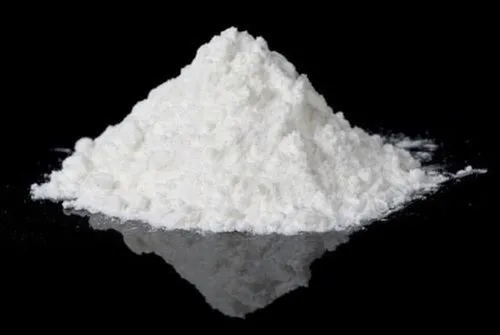
What is the difference between dolomite and talc powder
October 10, 2024
Where to buy dolomite lime powder?
October 12, 2024Dolomite and Talc: Understanding the Differences
Dolomite and talc are two types of minerals which are well applied in many industries. Both are suitable for different applications because of their different properties and application. However, the two are often confused by many people and this creates a lot of questions on the differences that are there between them. With this blog, the readers will be able to learn more about each mineral in detail as to the characteristics, benefits, and applications of talc and dolomite powder.
Understanding Dolomite Powder
What is Dolomite?
The principal constituent of dolomite, which is a carbonate mineral, is calcium magnesium carbonate (CaMg(CO3)₃). It mostly takes place cemented in limestone and develops in sedimentary environments. Dolomite rock is crushed into smaller particles, and the crushed form of the dolomite is called dolomite powder.
Key Properties of Dolomite Powder:
- Dolomite powder mainly consists of magnesium carbonate, which is about 46%, and calcium carbonate, which is about 54%. Due to this, it is rich in nutrients that are very useful for several purposes.
- Physical Properties: Dolomite powder is a mineral powder that is less abrasive than other similar powders, has a granular structure, and is white to grey in color. It has a higher bulk density than talc.
- The neutral nature of dolomite powder makes it suitable for use in agriculture because it can be useful in neutralizing the acidity of the soils.
Applications of Dolomite Powder:
- Agriculture: This type of soil is usually mixed with dolomite powder to improve the structure and provide essential nutrients when the soil is acidic.
- Construction: It increases durability and service life of construction materials and is used in combination with asphalt, concrete, and mortar.
- Manufacturing: Dolomite is used in the glass and ceramics industry for the purpose of a flux and for producing magnesium oxide.
- Health and Wellness: Due to the mineral content of the oil, especially calcium and magnesium, it is sometimes used in dietary supplements.



